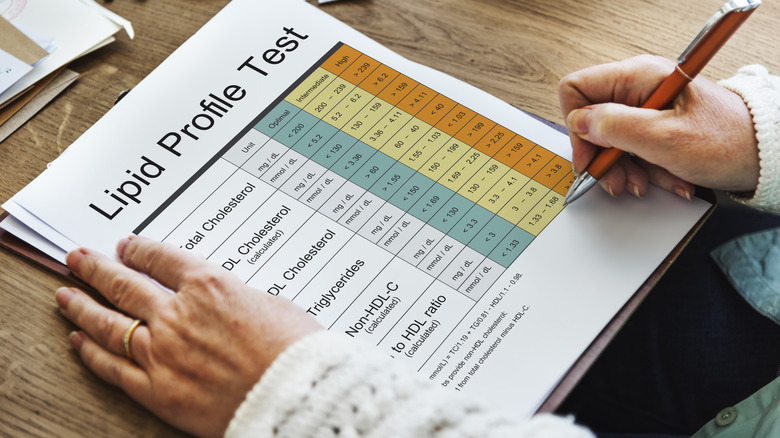
For many adults, eating a healthy diet filled with cholesterol-lowering foods doesn’t budge their high cholesterol. That’s when taking certain medications like statins can help.
Statins are considered one of the safest kinds of cholesterol medications. They’ve been shown to bring down “bad” cholesterol (LDL cholesterol) as well as triglyceride numbers. However, doctors sometimes prescribe other drugs with statins to reduce cholesterol levels faster. One of those kinds of drugs, fibrates, is under question for being less effective at helping lower cardiovascular disease risk than originally thought.
Fibrates work in two ways. First, they make it difficult for the body to transport triglycerides, thus decreasing their numbers. Secondly, they promote the production of “good” cholesterol (HDL cholesterol) in the liver.
When paired with statins, fibrates theoretically should cause total cholesterol numbers to drop or at least stabilize (since HDL may go up while LDL goes down). Yet in many studies, mixing statins with fibrates fell short of its promise. This was particularly noticeable in experiments that involved patients with conditions that co-occurred with high cholesterol, such as type 2 diabetes. (Learn more about how diabetes can affect your heart health.)
Lower triglycerides but same cardiovascular risk

Findings from a 2023 trial published in the American College of Cardiology showed that when a fibrate-based medication (pemafibrate) was taken with a statin, cardiovascular disease events weren’t significantly decreased among older adults with type 2 diabetes. In fact, when weighed against a placebo drug, the type and number of cardiac-based events were relatively similar.
These outcomes were a bit different from those of a 2005 study in the Lancet. In that study, a fibrate medicine (fenofibrate) seemed to lower the onset of heart disease events, but not the likelihood of whether or not those events would be life-threatening.
Meanwhile, in a 2024 study published in Cardiovascular Diabetology, the use of fenofibrate and a statin brought down cardiovascular disease risk more than taking just a statin did. However, the risk decrease was limited to diabetics whose triglyceride levels were at least 150 milligrams per deciliter (mg/dL) and who also had high LDL cholesterol.
So, should you take fibrates and statins together?

These and other conflicting findings led the nonprofit organization HealthyWomen to file a petition with the Federal Drug Administration in 2024. The petition asked for improved label guidance on fibrates. Indeed, their request may have merit given the mixed results and potential side effects of taking fibrates with statins. For instance, muscle-related toxicity is a severe complication that may arise when fibrates and statins are used together (via the American Heart Association).
That said, fibrates aren’t always prescribed with statins. Sometimes, they’re prescribed on their own to decrease heart disease risk. However, fibrates aren’t as effective as statins in lowering a person’s chance of having a cardiovascular event when taken by individuals as their only cholesterol medicine, according to a 2021 review in PLOS One that examined data from 19 trials.
What if your doctor recommends that you take fibrates along with a statin? While fibrates do lower triglycerides and raise HDL cholesterol for most people, they don’t seem to make a difference in long-term heart disease risk. Therefore, you may want to have a follow-up discussion with your doctor, as the American Heart Association notes that there isn’t enough strong evidence to support using fibrates in conjunction with statins as a preventative treatment.
“`




